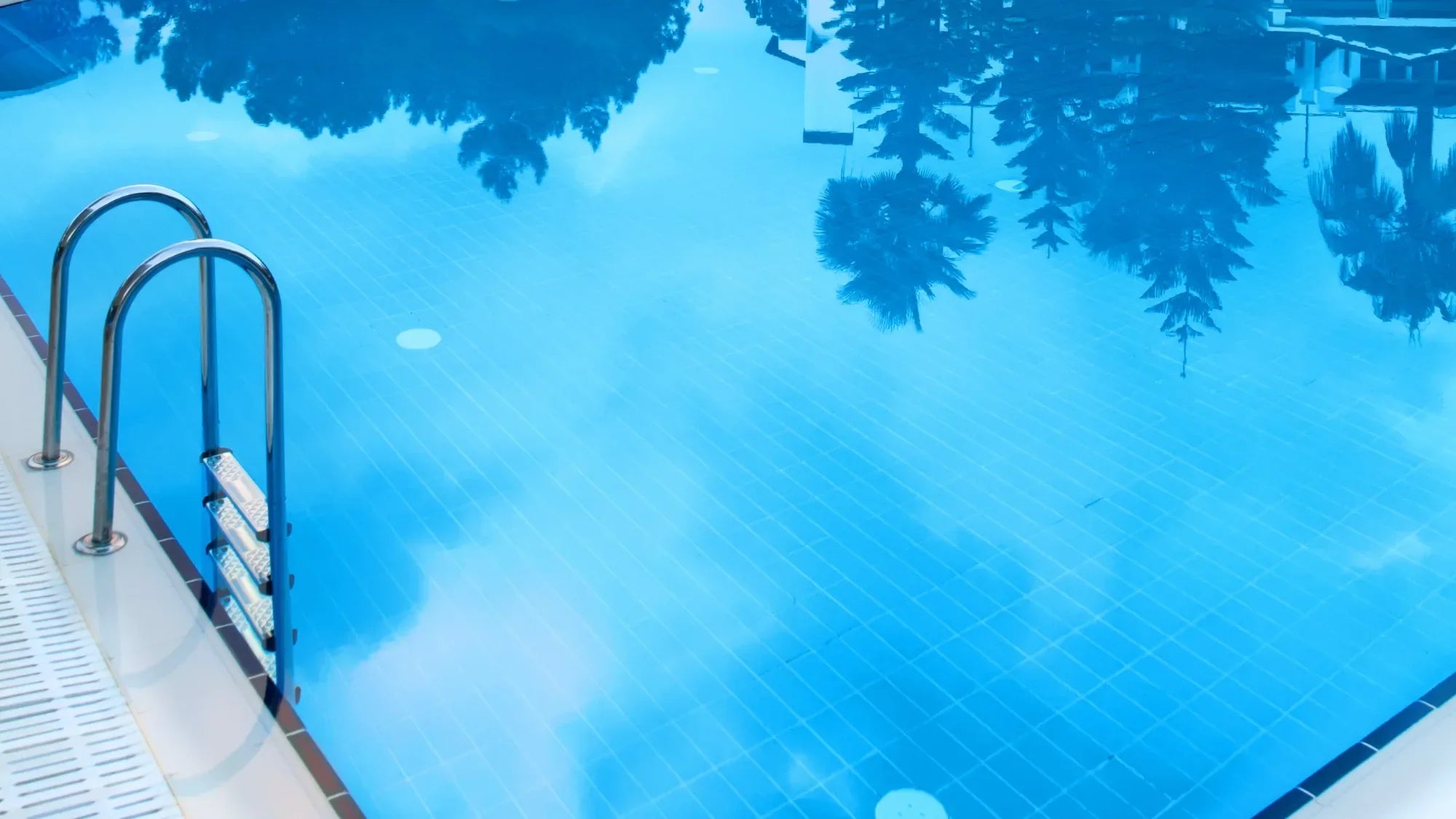As pool season approaches, choosing the right chemicals for your swimming pool becomes a critical decision for maintaining crystal-clear water and ensuring a safe swimming environment. Among these decisions, selecting the appropriate pool shock is essential for effective sanitization. With various options available in the market, including SmartShock and traditional pool shocks, understanding the differences can help you make an informed choice for your specific pool needs.
Understanding Pool Shock: Why It Matters
Pool shock is a crucial treatment that eliminates contaminants, kills bacteria and algae, and restores chlorine effectiveness. Regular shocking prevents cloudy water, algae growth, and helps maintain proper sanitization levels. Before diving into the comparison between SmartShock and traditional options, it's important to understand why shocking your pool is necessary in the first place.
Pool shocking becomes essential when:
- Chlorine levels drop too low
- Chloramine levels rise (causing that strong "chlorine smell")
- Algae begin to appear
- After heavy pool use or major weather events
- Following contamination incidents
SmartShock: The Advanced Solution
BioGuard SmartShock represents the new generation of pool shock treatments that offer enhanced benefits compared to traditional options. This innovative product delivers more comprehensive treatment with greater convenience.
Key Benefits of SmartShock:
- Superior Oxidation: Effectively eliminates organic contaminants and chloramines
- Enhanced Convenience: Easier application process with less waiting time
- Better Water Quality: Produces clearer, more comfortable swimming water
- Reduced Negative Effects: Minimizes the common downsides of traditional shocking methods
For those searching for “spa chemicals near me,” many local retailers now stock SmartShock products suitable for both pools and spas, making it a versatile option for all your water treatment needs.
Traditional Pool Shock Options
Traditional pool shock typically falls into three main categories, each with specific applications and benefits:
Calcium Hypochlorite (Cal-Hypo)
Cal-hypo shock is one of the most potent traditional options with 68% available chlorine, making it highly effective for tackling serious contamination issues.
Best suited for:
- Pools with visible algae or bacterial growth
- Heavy organic contamination
- Standard chlorine pools (not recommended for saltwater systems)
However, it's important to note that cal-hypo adds calcium to your water, which may affect water balance in pools already high in calcium hardness.
Sodium Dichlor
Dichlor shock offers stability against UV degradation due to its cyanuric acid content, making it effective even when used during daylight hours.
Chlorine-Free Shock
Non-chlorine shock works through oxidation rather than chlorination, allowing for quick re-entry into the pool, often within just 15 minutes of application.
Notable features:
- Oxidizes contaminants quickly
- Reduces chloramines without adding more chlorine
- Minimizes skin and eye irritation
- Won't bleach swimsuits or vinyl liners
- Neutral pH that won't disrupt water chemistry
Choosing Between SmartShock and Traditional Options
When deciding between BioGuard SmartShock and traditional pool shock options, consider these factors:
Pool Type and Conditions:
- Saltwater pools generally benefit from non-chlorine or SmartShock options
- Vinyl-lined pools may require gentler formulations to prevent liner damage
- Pools with recurring algae problems might need the strength of Cal-Hypo
Convenience Factors:
- SmartShock generally offers faster swim times after application
- Traditional shocks often require overnight treatment for maximum effectiveness
Water Chemistry Considerations:
- If your pool already has high calcium levels, avoid cal-hypo shock
- SmartShock typically has less impact on overall water chemistry
Budget and Value:
While SmartShock may have a higher upfront cost, its additional benefits and efficiency may provide better long-term value
Application Tips for Maximum Effectiveness
Regardless of which type of shock you choose, proper application ensures best results:
- Test water parameters before shocking to understand your starting point.
- Calculate the correct dosage based on your pool volume.
- Apply during evening hours for chlorine-based shocks to prevent UV degradation.
- Distribute evenly across the pool surface.
- Run the pump for proper circulation during and after treatment.
Finding Quality Pool Products
At Pools Plus More, we understand the importance of using high-quality pool chemicals to maintain your swimming pool. When searching for “spa chemicals near me,” consider visiting local specialty retailers that can provide expert advice tailored to your specific pool or spa needs.
Conclusion
Both SmartShock and traditional pool shock options have their place in effective pool maintenance. SmartShock offers convenience, versatility, and enhanced water quality with fewer downsides, making it an excellent choice for regular maintenance. Traditional shock varieties remain valuable tools for specific situations, particularly when dealing with severe contamination or algae issues.
The best approach often involves understanding your pool's unique needs and keeping both options on hand for different scenarios. By selecting the right shock for the right situation, you'll ensure your pool remains crystal clear and inviting all season long.
Remember that proper pool maintenance involves more than just shocking — regular testing, filtration, and balanced chemistry all work together to create the perfect swimming environment. For personalized advice on your pool's specific needs, consult with professionals who can guide you toward the optimal treatment plan.


